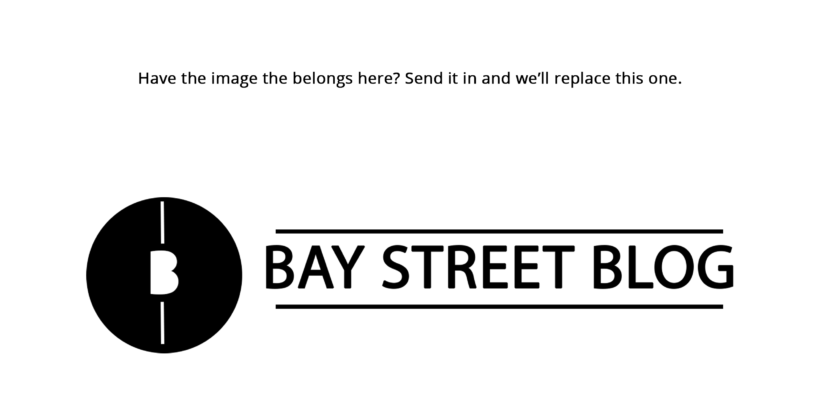Spotify: Marching to their Own Beat
Share

Through circumventing the conventional method by which an investment bank positions itself as an underwriter of their shares, Spotify ($SPOT) will save millions in fees related to their April 3rd IPO. Despite this, do the potential costs of such an unconventional approach exceed these savings?
The music streaming industry’s competitive landscape has undergone much of a transformation over the past few years. Despite being the world’s most popular music streaming platform (with over 71MM paid subscribers), Spotify has had to fend off competition from rivals Apple and Google through immense investments into both, marketing and R&D. Resultantly, 2017 saw Spotify report a net loss of USD $1.5 billion (up 64% from fiscal 2016). Surprisingly, however, Spotify’s Spring IPO is not a vehicle to raise money. Rather, it is to avoid a clause enabling existing holders of convertible debt to become entitled to additional shares of the company if a public offering extended beyond July 2nd 2018. Given this, Spotify will be leveraging their brand’s reputation in publically listing themselves on the NYSE in a manner unpreceded for a company of their size – directly to the investors, cutting out the middleman.
A look into Spotify’s F-1 form reveals plenty of differences between the music streaming services’ direct IPO versus more conventional offerings. Three of the most intriguing are as follows:
- Lack of a Bank Acting as the Underwriter: Despite there being various different types of IPO underwriting agreements, at a high level the underwriter acts as the intermediary between the company and its prospective investors. Instead of this, Morgan Stanley will be acting as an advisor and Citadel Securities as the market maker.
- The IPO is not Raising Additional Capital: Given that Spotify is pursuing a direct listing, existing shareholders will be offering their shares to those looking to participate within the IPO. This means that there will not be a fixed amount of shares that are available for sale. Thus, this IPO will not be raising any additional capital but rather reallocating current ownership of the firm from private to public markets.
- No Post-IPO “Lock-up” Period of Existing Investors: Apart from TME and Tencent, no existent shareholders are restricted from selling shares at any point after the IPO. A customary IPO practice is to enact a lock-up period (usually 180 days), thereby increasing demand for the IPO itself as investors realize the limited supply subsequent to the date of the initial offering.
Given the novelty associated with Spotify’s public offering, the risks associated with it are polarizing many onlookers.
Without an underwriter, the risks related with resale of the initial offering and any subsequent efforts to stabilize and sustain its price will be absorbed by Spotify. This is further exacerbated through realization that the absence of an underwriter forgoes the book building process, which gauges demand for the offering prior to its listing. Instead of an investment bank attempting to set an initial market clearing price for the shares, Citadel Securities will act as the market maker and set the initial clearing price based broker-dealer orders. This injects both additional judgement and subjectivity into the already difficult process of judging the offering’s intrinsic value. Thus public investors will not have a benchmark to guide efficient price discovery, which will completely be up to the private sector until April 3rd.
Perhaps the largest deviation from standard practice is the avoidance of any lock-up period. A lock up traditionally stands as a coordination mechanism, allowing all who want to buy or sell the offering to do so at the same time. Without these restrictions, amplified volatility and the negative connotation that investors associate with it may become a concern. For instance, if private investors see this IPO as a lucrative exit opportunity, sell orders may flood the market on Spotfiy’s first day of trading.
Compounding this is the absence of additional shares being offered, posing market liquidity risk. Given that the supply of the offering is up to the discretion of current shareholders, the presence of institutional investors may be limited without the ability to buy in large bulks. If the “Bitcoin craze” of Q4 2017 taught us anything it’s that what individuals are in control of valuations, rapid corrections are a reality. Hence, with no widespread institutional coverage of this IPO it may not be possible for an active, liquid and orderly market to be sustained.
To conclude, it is probable that a direct listing will likely exaggerate many of the IPO tendencies investors are accustomed to, with the primary catalyst to this being uncertainties over supply. Resultantly, the weeks following the April 3rd offering will most likely see changes in prices being driven more so by this economic factor and less by firm-specific fundamentals.
You may also be interested in: 2018: The Year of Global Quantitive Tightening
Writer: Matthew Leonelli
Disclaimer: All investing can potentially be risky. Investing or borrowing can lead into financial losses. All content on Bay Street Blog are solely for educational purposes. All other information are obtained from credible and authoritative references. Bay Street Blog is not responsible for any financial losses from the information provided. When investing or borrowing, always consult with an industry professional.






Bay Street Blog Newsletter
Click here to subscribe for a financial savvy experience.
Please check your email to confirm subscription!